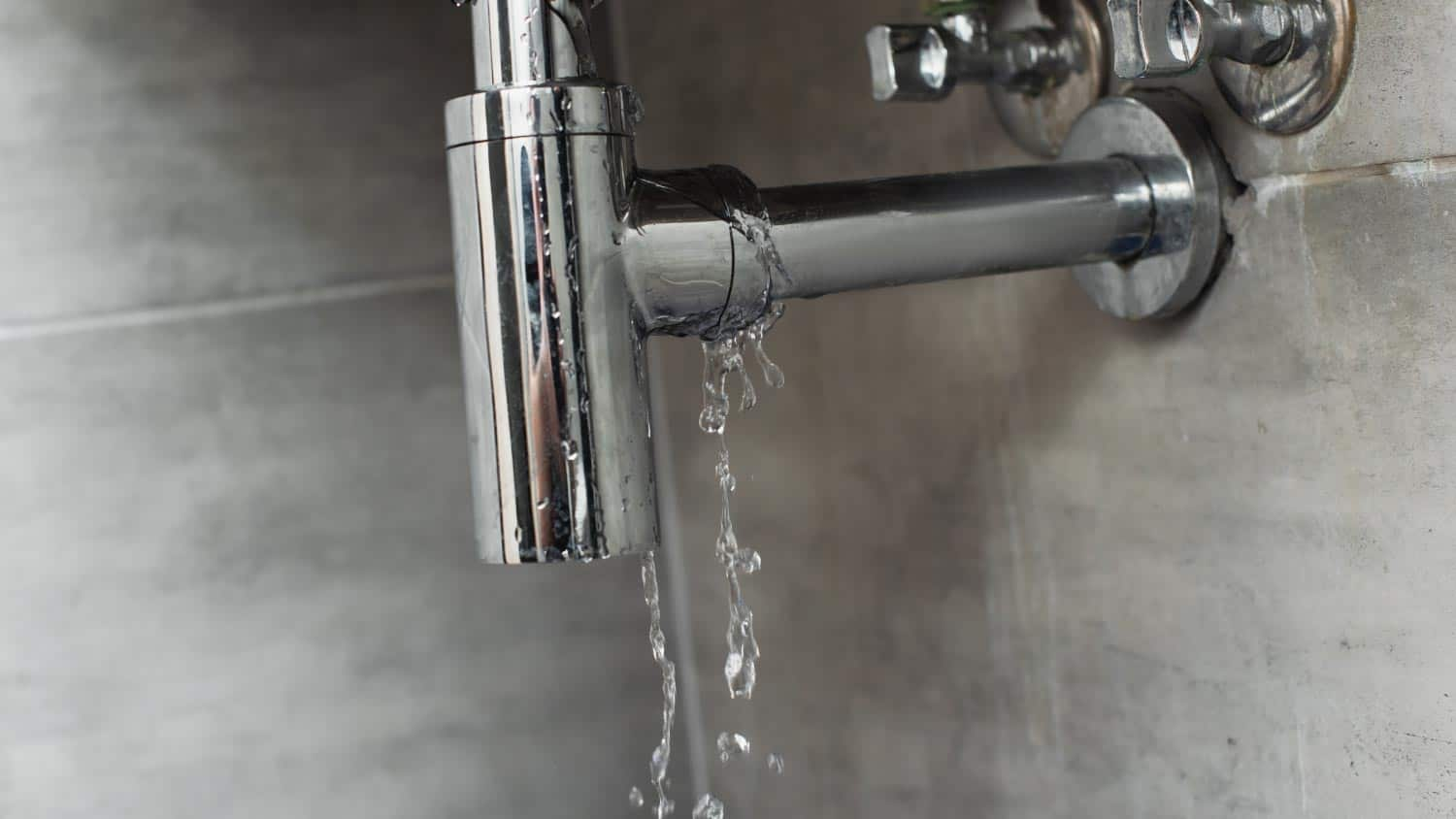Exactly how to Locate and also Fixing Water Leaks-- A Comprehensive Overview
Exactly how to Locate and also Fixing Water Leaks-- A Comprehensive Overview
Blog Article
In this article in the next paragraph you can find more superb resources involving Locating water leaks.

Early discovery of dripping water lines can mitigate a potential calamity. Some small water leaks may not be noticeable.
1. Analyze the Water Meter
Every house has a water meter. Checking it is a proven way that aids you find leaks. For starters, switch off all the water resources. Make sure nobody will flush, use the tap, shower, run the washing machine or dishwashing machine. From there, most likely to the meter and watch if it will transform. Considering that no person is using it, there need to be no movements. If it relocates, that shows a fast-moving leak. Also, if you detect no changes, wait a hr or more as well as check back again. This indicates you may have a slow-moving leakage that can also be below ground.
2. Examine Water Intake
If you detect sudden modifications, despite your usage being the exact same, it means that you have leakages in your plumbing system. A sudden spike in your bill suggests a fast-moving leakage.
At the same time, a constant boost every month, even with the very same habits, shows you have a slow-moving leakage that's also slowly escalating. Call a plumber to thoroughly check your building, especially if you feel a warm area on your floor with piping below.
3. Do a Food Coloring Examination
30% comes from commodes when it comes to water intake. Test to see if they are running properly. Decrease specks of food shade in the storage tank and wait 10 minutes. If the color somehow infiltrates your dish throughout that time without flushing, there's a leak between the storage tank and also dish.
4. Asses Outside Lines
Do not forget to inspect your outdoor water lines too. Ought to water seep out of the connection, you have a loosened rubber gasket. One small leakage can squander tons of water as well as surge your water expense.
5. Examine as well as Evaluate the Circumstance
Homeowners must make it a habit to inspect under the sink counters as well as also inside cabinets for any type of bad odor or mold and mildew growth. These two red flags indicate a leak so timely interest is needed. Doing routine examinations, even bi-annually, can conserve you from a significant problem.
Check for stainings and weakening as many home appliances and pipelines have a life expectancy. If you presume dripping water lines in your plumbing system, do not wait for it to rise.
Early discovery of dripping water lines can minimize a potential catastrophe. Some tiny water leaks might not be noticeable. Inspecting it is a surefire way that helps you find leaks. One tiny leak can throw away loads of water as well as surge your water costs.
If you suspect dripping water lines in your plumbing system, do not wait for it to rise.
WARNING SIGNS OF WATER LEAKAGE BEHIND THE WALL
PERSISTENT MUSTY ODORS
As water slowly drips from a leaky pipe inside the wall, flooring and sheetrock stay damp and develop an odor similar to wet cardboard. It generates a musty smell that can help you find hidden leaks.
MOLD IN UNUSUAL AREAS
Mold usually grows in wet areas like kitchens, baths and laundry rooms. If you spot the stuff on walls or baseboards in other rooms of the house, it’s a good indicator of undetected water leaks.
STAINS THAT GROW
When mold thrives around a leaky pipe, it sometimes takes hold on the inside surface of the affected wall. A growing stain on otherwise clean sheetrock is often your sign of a hidden plumbing problem.
PEELING OR BUBBLING WALLPAPER / PAINT
This clue is easy to miss in rooms that don’t get much use. When you see wallpaper separating along seams or paint bubbling or flaking off the wall, blame sheetrock that stays wet because of an undetected leak.
BUCKLED CEILINGS AND STAINED FLOORS
If ceilings or floors in bathrooms, kitchens or laundry areas develop structural problems, don’t rule out constant damp inside the walls. Wet sheetrock can affect adjacent framing, flooring and ceilings.
https://www.servicemasterbyzaba.com/blog/how-to-detect-water-leakage-in-walls/

I came across that blog entry about Leaking water lines while doing a search on the internet. Sharing is good. Helping people is fun. Many thanks for going through it.
Report this page